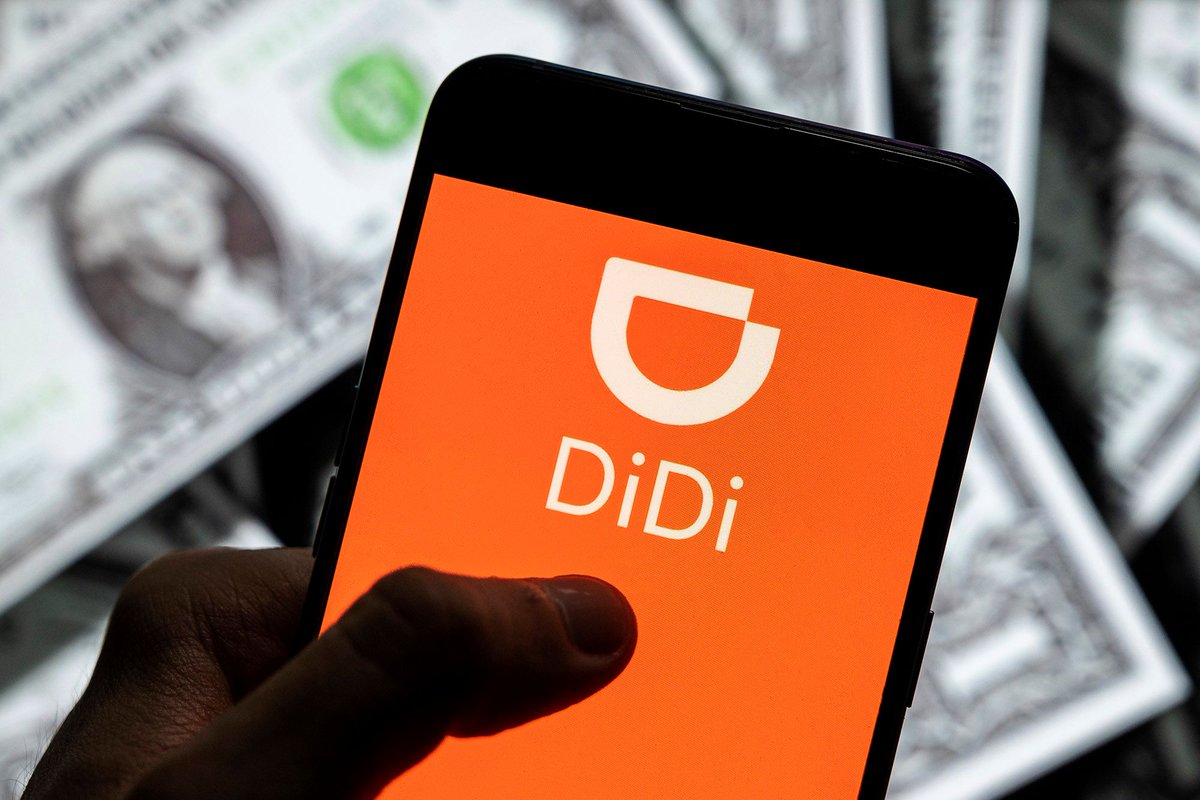
The book, ‘Good to Great’, details what excel a company from ‘good’ to ‘great’ and what separates a ‘good to great’ company from a good one. Here is a thread on ‘Good to Great’ and the characteristics of the companies that leaped from ‘good to great’
Let’s get started 👇👇
Let’s get started 👇👇

1. Level 5 Leadership
All good to great companies have level 5 leaders. Level 5 leaders are humble, caring, unself-centered and passionate. Level 5 leaders are also persistent, with a strong will power, and an ambition to build a great company (and not a great self!).
All good to great companies have level 5 leaders. Level 5 leaders are humble, caring, unself-centered and passionate. Level 5 leaders are also persistent, with a strong will power, and an ambition to build a great company (and not a great self!).
A level 5 leader praises others during upturns and reflect on themselves during downturns (not blaming others!)
Interestingly, a company do not need to hire a ‘star CEO’ from outside to have a level 5 leaders. Most ‘good to great’ companies have level 5 leaders, who are promoted internally.
2. First who…then what
Good to great companies first focuses on finding the suitable people, who they want to work with, and ask the unsuitable ones to leave, before the company decide where it want to make changes and begin their transformation journey.
Good to great companies first focuses on finding the suitable people, who they want to work with, and ask the unsuitable ones to leave, before the company decide where it want to make changes and begin their transformation journey.
This is because companies may change course during their transformation process. With suitable people, this ensures that everyone would be more pleasant during hardship, and they would not jump ship by thinking that the new direction was not something they signed up for.
Good to great companies create teams that are willing to argue, debate, and not flatter the main decision makers. However, once a final decision is made, the entire team will support the decision even if they disagree with it.
Good to great companies do not use restructure plans or lay off as their major strategic plans to improve the company’s performance, because good to great companies know that their 'suitable employees' are their greatest asset.
Good to great companies mostly have a decentralised management system, as such system decrease office bureaucracy and increase operational efficiency.
3. Confront the brutal facts, yet never lose faith
Good to great companies face the brutal facts honestly. They do not lie to themselves when things are tough. However, at the same time, they believe that they could overcome all challenges, no matter the size of the challenge.
Good to great companies face the brutal facts honestly. They do not lie to themselves when things are tough. However, at the same time, they believe that they could overcome all challenges, no matter the size of the challenge.
Good to great companies establish a culture that encourages employees to provide ‘unfiltered’ information to key decision makers to make better decisions.
Four methods are used by good to great companies to build such culture; (1) management asks more questions instead of commands, (2) incentivises debates, (3) review but not blame a bad decision, (4) create a mechanism that proactively brings attention to information.
4. The Hedgehog Concept
Good to great companies implements the hedgehog principle, which asks three questions (1) What are you deeply passionate about? (2) What drives your economic engine? (3) What you can be the best in the world at?
Good to great companies implements the hedgehog principle, which asks three questions (1) What are you deeply passionate about? (2) What drives your economic engine? (3) What you can be the best in the world at?

The intersection of the three answers to the above questions, are what the good to great companies do. Good to great companies regularly update and review their answer to the hedgehog principle.
Interestingly, there is no evidence suggesting that good to great companies spends more time and effort in planning than normal companies. The only difference is that good to great companies follow the hedgehog principle whereas the normal ones do not.
Good to great companies focuses on doing the things within the hedgehog principle well. They do not try to do many things at the same time.
It is more important to determine what ‘not to do’, rather than what should the company do.
It is more important to determine what ‘not to do’, rather than what should the company do.
5. A Culture of Discipline
Good to great companies have a culture of discipline and hardworking employees, who are all disciplined. If a worker is not disciplined, a lot of times, it is because he was not the suitable one at the first place! Find the suitable workers!
Good to great companies have a culture of discipline and hardworking employees, who are all disciplined. If a worker is not disciplined, a lot of times, it is because he was not the suitable one at the first place! Find the suitable workers!
However, a disciplined culture does not simply mean having a mean CEO. A tough CEO do not create a long-lasting discipline culture.
On top of a discipline culture, good to great companies gives their employee a great level of autonomy as long as they can be discipline, take up their responsibility, and achieve their set goals.
Good to great companies are disciplined to only focus on the things within the hedgehog principle and give up the other ones that are outside the principle. It does not matter that a company encounter a great opportunity unless the opportunity is within the hedgehog principle.
6. Technology as Accelerators
Good to great companies do not use technology for the sake of using technology. They do not chase new waives of technologies, but they strive for finding the suitable technology that are suitable with the hedgehog principle.
Good to great companies do not use technology for the sake of using technology. They do not chase new waives of technologies, but they strive for finding the suitable technology that are suitable with the hedgehog principle.
Good to great companies focuses on their craft, then think of combining suitable technology, not the other way around. Good to great companies start by crawling, then walking, then running. They do not just aim to fly because there are great technologies out there.
Good to great companies uses technology as an accelerator and not an initiator to start a change.
Good to great companies are not passively waiting for new suitable technology to innovate, they proactively seek for new suitable technologies. CONTINUE
7. The flywheel and the doom loop
Good to great companies understands the ‘flywheel effect’. At the start, it takes a lot of energy to push the fly wheel. However, as more pushes are made, the flywheel gains momentum, and it becomes easier and easier to push the wheel.
Good to great companies understands the ‘flywheel effect’. At the start, it takes a lot of energy to push the fly wheel. However, as more pushes are made, the flywheel gains momentum, and it becomes easier and easier to push the wheel.

Every step is as important in pushing the fly wheel, not one single step is the most important.
Outsiders may feel that good to great companies have cinematic transformation processes. However, good to great companies do not transform from good to great because of one decision, the transformation is always a step-by-step process.
In comparison, regular companies do not focus on every single push and do not persistently pushes the flywheel. These companies expect ‘a super great decision’ to be made and drives exponential growth. These companies go into the ‘doom loop’. 

Normal companies try to use acquisition to push the flywheel, however the good to great companies first pushes the fly wheel, then they acquire others.
8. Summary
The following is a summary of good to great companies; who have level 5 leaders, focus on who first then what, willing to confront the brutal, applies the hedgehog concept, have a culture of discipline, uses technology as accelerators, and enjoys the flywheel effect.
The following is a summary of good to great companies; who have level 5 leaders, focus on who first then what, willing to confront the brutal, applies the hedgehog concept, have a culture of discipline, uses technology as accelerators, and enjoys the flywheel effect.

END. Thank you for your time and reading this thread, I hope that you have learnt one or two things about what makes a company from good to great. If you like this thread, i would really appreciate a like and retweet as it really does help me out!
I would also highly recommend you to grab 'Good to Great' by Jim Collins, which i believe would greatly help you in identifying good companies that have the potential to make the leap to the next level, and truly becoming a great company.
• • •
Missing some Tweet in this thread? You can try to
force a refresh













